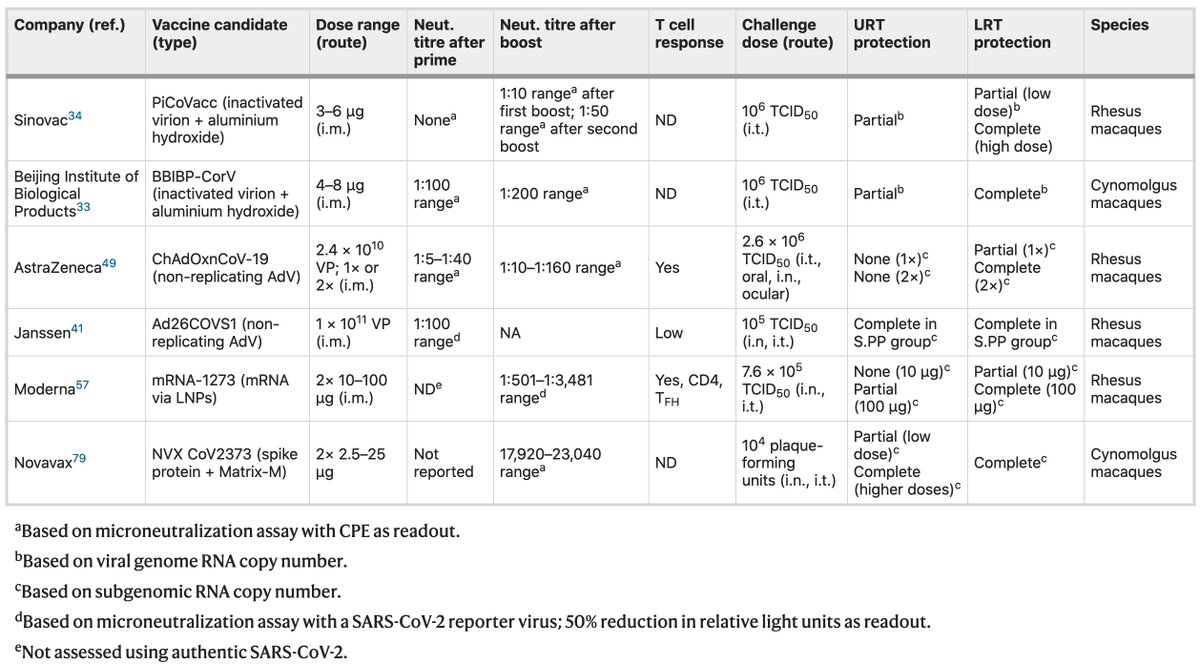There's been a lot of discussion about how to communicate uncertainty about vaccines/transmission, guidance for vaccinated people, how to increase vaccine demand/address hesitancy, & what vaccines mean for the "end" of the pandemic. Here are my thoughts. I call it "the well."
This pandemic has plunged us to the bottom of a very deep well. After recovering from the shock of a long, abrupt fall into cold, fetid water, we looked up and saw only darkness. But we did find a ladder leading upward.
We've been slowly climbing this ladder, sometimes slipping and falling down a few rungs, but we've endured and kept climbing. Our dedication was rewarded. We've developed very efficacious vaccines, and now as we look up, we can see a small circle of light at the top.
As we continue to climb, the circle will slowly expand. The hope of that circle, slowly growing as we climb ever closer to the top, keeps us going. Eventually we will emerge into the bright sun. Hopefully then we'll put a cover on the well so we can't fall in again.
Now that we have two very efficacious vaccines—that have exceeded our wildest expectations at protecting us against disease. That's a tremendous public health achievement. It should allow us to tighten our grip on the ladder and give us a second wind on the climb.
But there's still a lot we don't know about the vaccines. Will they prevent infection? Will they reduce transmission when enough people are vaccinated? We don't yet know. But this research is ongoing because it is so crucially important.
My suspicion is that vaccines this good at preventing disease will have a substantial impact on protecting against infection altogether, and will likely reduce transmission. It's unlikely that these vaccines would have no effect on transmission. But we don't know that yet.
This is supported by pre-clinical data in non-human primates, as reviewed here by @florian_krammer. Most of the vaccines under development or authorized at least partially protect against infection & reduce replication (see URT and LRT protection columns)
nature.com/articles/s4158…

But you can see that some of that protection was partial, and this was in monkeys anyway. Therefore we can't assume that vaccination alone will completely prevent transmission in the real world (though it likely will reduce it significantly!)
Thus, we must be cautious, especially when not many people have been vaccinated. It doesn't mean we'll be wearing masks and distancing indefinitely or that we release the ladder in despair. It means we grip the ladder tighter, fix our gaze on the light, and keep climbing.
So right now, when people get vaccinated, they should continue taking precautions until we know more. Be reassured that studies are ongoing to get more information on transmission and asymptomatic infection, and we'll know more very soon (in a month or two).
